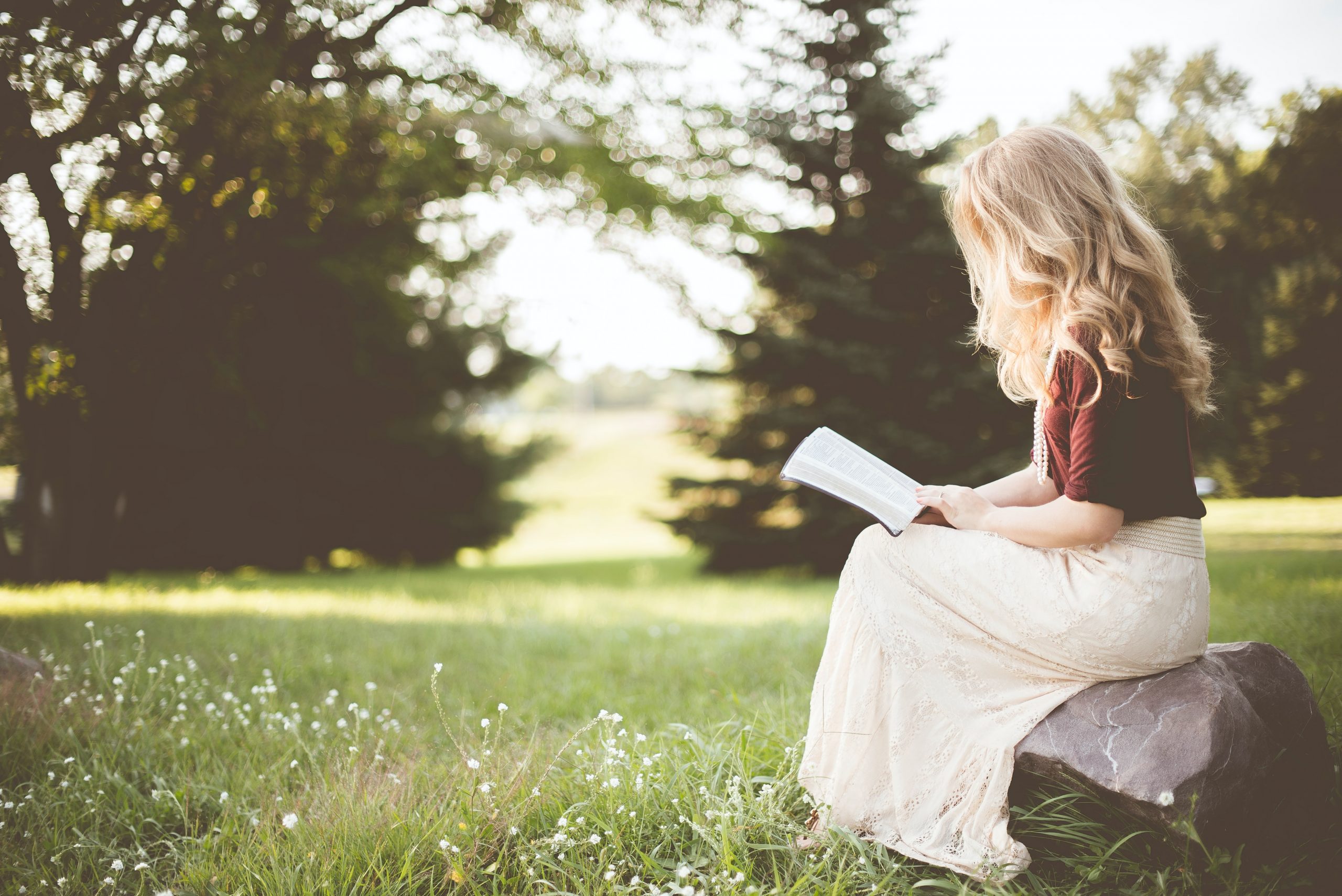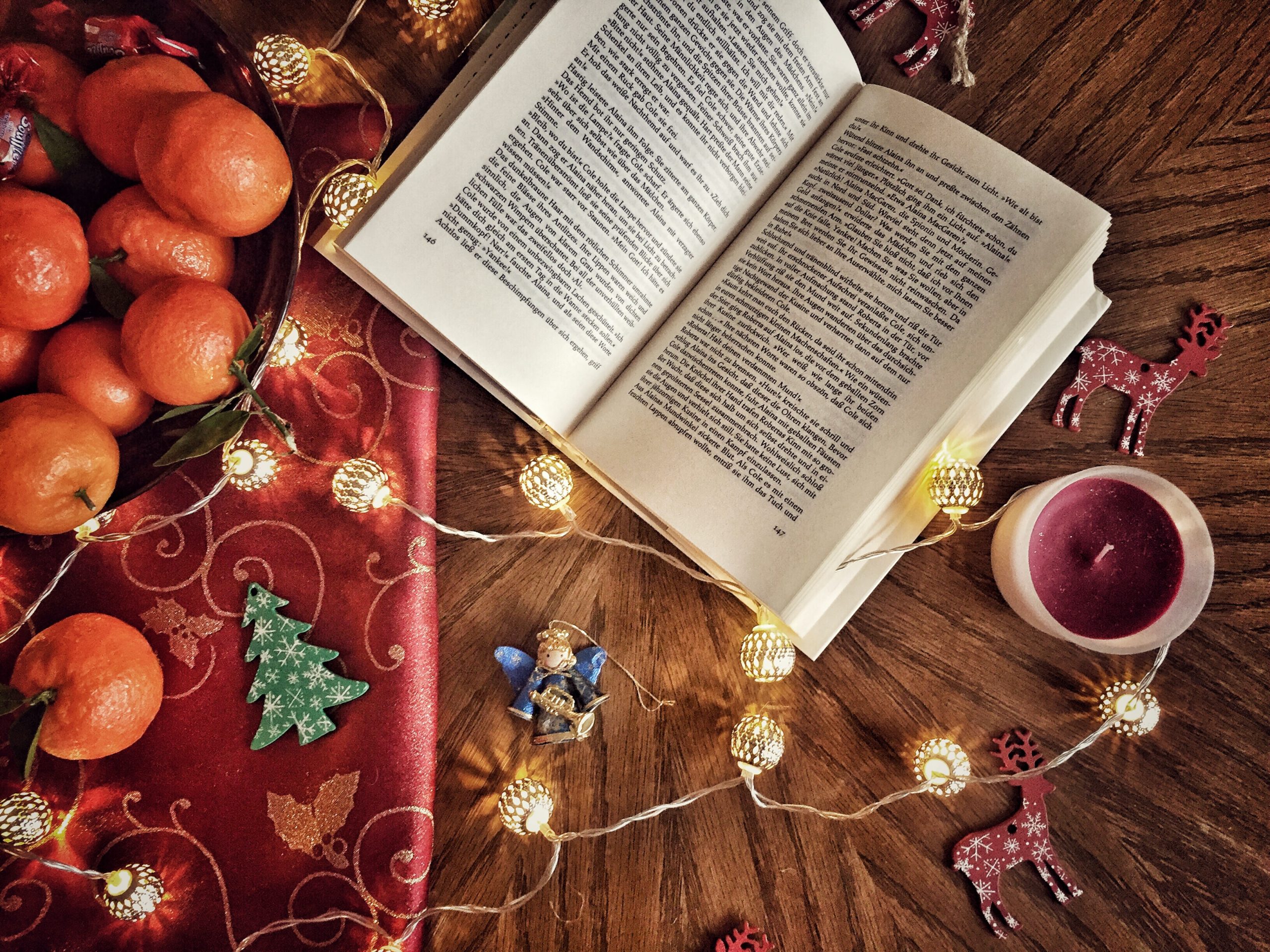Photo by Delaney Andrews.
In this version of twenty questions, I send a list of questions to a willing victim author and they choose their own interview by handpicking which questions (and how many!) they want to answer. Diane Hammond is the author of Friday’s Harbor, a novel exploring the recovery of a killer whale brought to a zoo to recover from his injuries and the ensuing controversy over the wild animals in captivity. Here is what Diane had to say about reading, writing, and whether she is adept at the art of writing.
Would you give us a bit of introduction and let my readers know who you are, how you got started writing, and what kind of books you like to write?
I consider myself one of the luckiest people I know: I now write fiction for a living. (Not always so—I only gave up my day job building websites for small businesses two and a half years ago; fifteen years ago I left my 25-year-long career in public relations for various non-profit organizations.) I have had two novels published by Random House / Doubleday / Ballantine (Going to Bend and Homesick Creek) and three by HarperCollins / William Morrow (Hannah’s Dream, Seeing Stars, and Friday’s Harbor, which was released Oct. 8. The most popular book of mine is Hannah’s Dream, the story of an Asian elephant in a small zoo and the zookeeper who loved and cared for her for 41 years. My just-released book, Friday’s Harbor, is a sequel to Hannah’s Dream, and focuses on a killer whale brought to the same zoo for rehabilitation.
I always wanted to be a writer, and in fact my public relations work consisted primarily of writing print materials: newsletters, speeches, annual reports, press releases, etc. I began writing fiction when I was 22, and didn’t publish my first novel until I was 44. It took me that long to teach myself the basic craft. I’m still learning.
Since I’m plot-challenged, I write character-driven, literary fiction. So far, my work is all set in the Pacific Northwest and Los Angeles. Now that I live in Minnesota, I expect that will change—it’s only a question of when.
I am often struck by the different ways writers respond to the process of writing a book. Linus’s Blanket refers to my use of reading and other activities as a means of escape and comfort, can you share with us any routines, food or recipes, or favorite books or rituals that help you thorough the writing process?
Writing is a lonely profession, but I’m a hopeless introvert, so it suits me. On a good day, I write for three or four hours. This doesn’t happen nearly as often as I’d like. On a bad day I eat for three or four hours: oyster crackers, pretzels, Twizzlers. My food du jour while I was writing Friday’s Harbor consisted almost exclusively of butterscotch hard candies—lots and lots of them. Happily, despite my fears, they resulted in just two cavities.
Write the question you would most like to answer in an interview, and then answer it.
You’ve written five novels. Do you feel you’ve become adept at the art of writing?
Not at all. At best, I’ve learned to trust my writing instincts and to listen to myself think—in the voices of my characters, in composing narrative passages, in staying at least one step ahead of where I am in the book’s plot. In one way or another, I’ve always managed to bring my books home, to end them competently. The rest is all about editing. It’s still scary, though!
People live in stories, we are surrounded by them. What was it about this the story that made it the one you had to tell at this time? What impact did telling this story have on your life? Did you find that it had changed you?
Friday’s Harbor sprang from a challenge put to me by my agent and editor: since Hannah’s Dream had such a loyal and vocal readership, why not consider writing a sequel, as many readers requested?
Fifteen years ago, I served as the spokesperson for a killer whale named Keiko, the one who’d starred in the hit movie Free Willy. For two years I explained to members of the international media what the staff was doing to restore Keiko to good health. Through Keiko I learned enough to create Friday, the killer whale star of Friday’s Harbor.
Are you able to read when you’re writing and if so what books inspire you when you’re working your own book(s)?
What a good question! Although I can read while I’m writing, the books have to be non-fiction. Otherwise, I unconsciously parrot the voice of the author I’m reading. I love biographies and memoirs when I’m writing (a recent favorite is Wild by Cheryl Strayed); between books, some of my favorite authors are Ann Lamott, Elizabeth Strout, Zoe Heller, Louise Erdrich—writers of literary fiction.
In the past I have visited a blog called Daily Routines and it’s all about the schedules of writers and creative people. What does a typical day look like for you and how do you manage a busy schedule?
My husband and I share our house with three Pembroke Welsh corgis, so my day always begins the same way: with a long walk, ideally off-leash and in the woods. I can clear my head this way, but also channel my thoughts towards what I’ll be writing about that day.
Once we’re home, I try to go straight to my computer so I can get down some of the ideas that have bubbled up while walking. Often this includes bits of dialogue, narrative, and plot points.
I envy writers who can write for six or eight hours a day. My optimum window is three hours; four, tops. After that I’m producing facile, thin stuff that I have to spend the next day wiping out and replacing.
Do you ever look back at your early work? How do you feel your writing style or approach to writing has evolved since you first began?
I can’t read any of my books. I do know I use much less profanity now than I did in my first two books—but I’m also writing about characters who wouldn’t swear much. I think profanity for its own sake is jarring and indulgent, but if a character’s natural speech would include profanity, as was the case in my first two books, the dialogue needs to reflect that.
What were your experiences with reading when you were growing up? Was there a pivotal moment in discovering literature when you knew that you wanted to be a writer?
We were a very bookish family—during our summer vacations, ours was the family reading in a restaurant while waiting for our dinner to be served. The zenith of every vacation was the day we went to a bookstore and got to buy a new book or two. The living room coffee table was rarely without a copy of The New York Times, The New Yorker, and the Atlantic Monthly.
I kept journals through high school, but they were so appallingly whiney that I still can’t write in the first-person without feeling embarrassed for myself. So when I graduated from college and wanted to write about my life, I’d do it in the third-person and—voila!—from there it was a very small step to writing fiction. From that moment on, I was hooked, and have been addicted to writing fiction ever since.
How many works in progress do you have going at any one time? How do you know when one has potential and when one just needs to be scrapped?
I usually have two books in my head at any given time—the one I’m writing, and the one I want to write when that one’s done. I’ve never been without a next project. That would scare me to death. And I’ve never scrapped a book idea completely—if I’m stuck, I’ll put it away to age until I can finally see it with clarity.
Who was your favorite character to write, and why did you have an affinity for that character in particular?
One favorite character, in both Hannah’s Dream and Friday’s Harbor, was Johnson Johnson, an ingenuous man who is able to retain into adulthood a child-like a sense of wonder at the world around him— especially the world of house cats and elephants and, by the book’s end, killer whales.
Another favorite in Friday’s Harbor is Julio Iglesias, the Chihuahua with whom Ivy Levy has been locked in passive-aggressive warfare for nine long years. Since I’ve always been a pleaser, I love being naughty and contrary through my pain-in-the-ass characters! Ivy, too, is much more self-assured than I’ll ever be.
Did you have to do much research when working on your books, and do you tend to write first or research first?
I confess to being an impatient, sloppy researcher. I’d rather make things up than do a thorough, measured review of whatever source material might be available. It’s why I’ll never write non-fiction—at least, not non-fiction that’s research-based. And even when it comes to fiction I write first, tidy up later. I’m a copy editor’s nightmare.
Where do you most love to write? Are there places where it comes to you easier than others?
I’ve always dreamed of having a dedicated writing space with soft, comfortable armchairs, cheerful yellow walls, white curtains, chintz upholstery, and enough room for my dogs to keep me company while I’m working. In reality, I always end up in the dining room or living room. Go figure.



